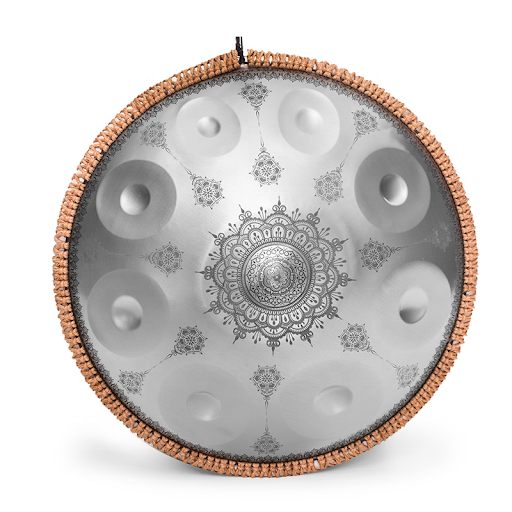Thin-Film Interference Filters

Interference filters are devices that block or divert light based on how much of the light they pass through them. They are modeled after the Fabry-Perot interferometer, which was created in the late 1800s by Alfred Perot and Charles Fabry. Modern interference filters are made from several layers of thin films on an optically flat glass surface. The original interferometer consisted of two partially transparent mirrors separated by a small air gap. This air gap could be varied by translating the mirrors. Modern interferometers employ a variety of mechanisms to measure interference between light beams and are often used to monitor the thickness of thin-film filters.
The hard-coated ultra-narrowband interference filters by Alluxa demonstrate a very low temperature dependent wavelength shift that tends to vary between 2pm/°C and 5pm/°C within the operating range of most LIDAR instruments.
Fabry-Perot etalon
Fabry-Perot interferometers use a series of thin-film layers as mirrors around a cavity, acting as a bandpass filter. A tunable Fabry-Perot interferometry filter consists of two or more cavities separated by multiple layers of reflective dielectric thin-film. These filters are used in a wide range of applications, from tunable-laser applications to optical monitoring.
Fabry-Perot resonators have a spectral response that scales proportionally with frequency. The response is typically displayed in frequency space and is described by a series of Airy distributions that quantify the intensity of light propagated in one direction relative to that of another. The most direct and straightforward way to obtain the Fabry-Perot resounder response is the circulating-field approach. This involves assuming a steady-state condition and relating the various electric fields.
Fabry-Perot grating
Fabry-Perot gratings are thin-film optical devices that are made of two or more layered materials. The single-period Fabry-Perot structures are made of two overlapping layers: an absorber layer and a reflector layer. The two layers are separated by an organic support layer, which may be opaque or transparent. A dielectric and reflective layer are present between the two layers. Fabry-Perot interferometers are often made of opaque materials that exhibit excellent color-shifting visual effects. Most commonly, these gratings are formed into foils and are deposited with an absorber and reflector layer. The resultant color changes are angle-dependent.
Fabry-Perot filter
Thin-film interference filters (TFIFs) are tunable optical filters. These filters use a Fabry-Perot type structure with single or multiple cavities. This structure leverages small changes in index that lead to large changes in net optical characteristics. Typical interference filters are bandpass or edge filters. The wavelength selection is based on the Fabry-Perot interferometer principle. Single-layer ITO films can be fabricated by radio frequency magnetron sputtering or electron-beam deposition. A layered ITO film improves the LIDT by four to eight times.
Fabry-Perot stack
Using a Fabry-Perot stack allows us to measure the intensity of reflected and transmitted light. It also helps us to calculate the polarization curves, amplitude, and phase of the light. We can also use it to calculate the reflection and transmission of very large stacks of layers.
The Fabry-Perot resonator has a spectral response that scales with frequency, so it is naturally displayed in frequency space. Moreover, its resonant enhancement is best described by Airy distributions, which measure the intensity of light in the propagation direction relative to its launched intensity. In addition, the Fabry-Perot response can be easily determined by applying the circulating-field method. This method assumes that the Fabry-Perot reverberation is a steady state and relates the various electric fields to the resonator’s resonant energy.





